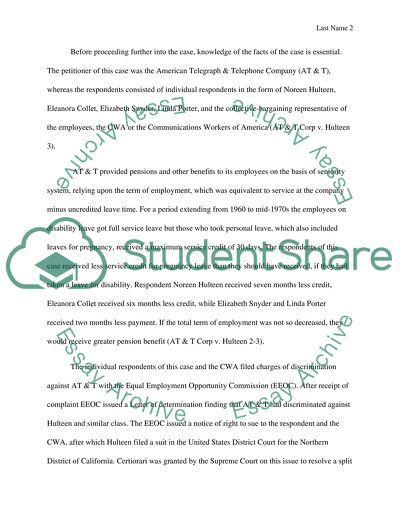Cite this document
(“US Supreme Court Decision AT&T. versus Hulteen Research Paper”, n.d.)
Retrieved from https://studentshare.org/law/1432825-us-supreme-court-decision-att-v-hulteen
Retrieved from https://studentshare.org/law/1432825-us-supreme-court-decision-att-v-hulteen
(US Supreme Court Decision AT&T. Versus Hulteen Research Paper)
https://studentshare.org/law/1432825-us-supreme-court-decision-att-v-hulteen.
https://studentshare.org/law/1432825-us-supreme-court-decision-att-v-hulteen.
“US Supreme Court Decision AT&T. Versus Hulteen Research Paper”, n.d. https://studentshare.org/law/1432825-us-supreme-court-decision-att-v-hulteen.


